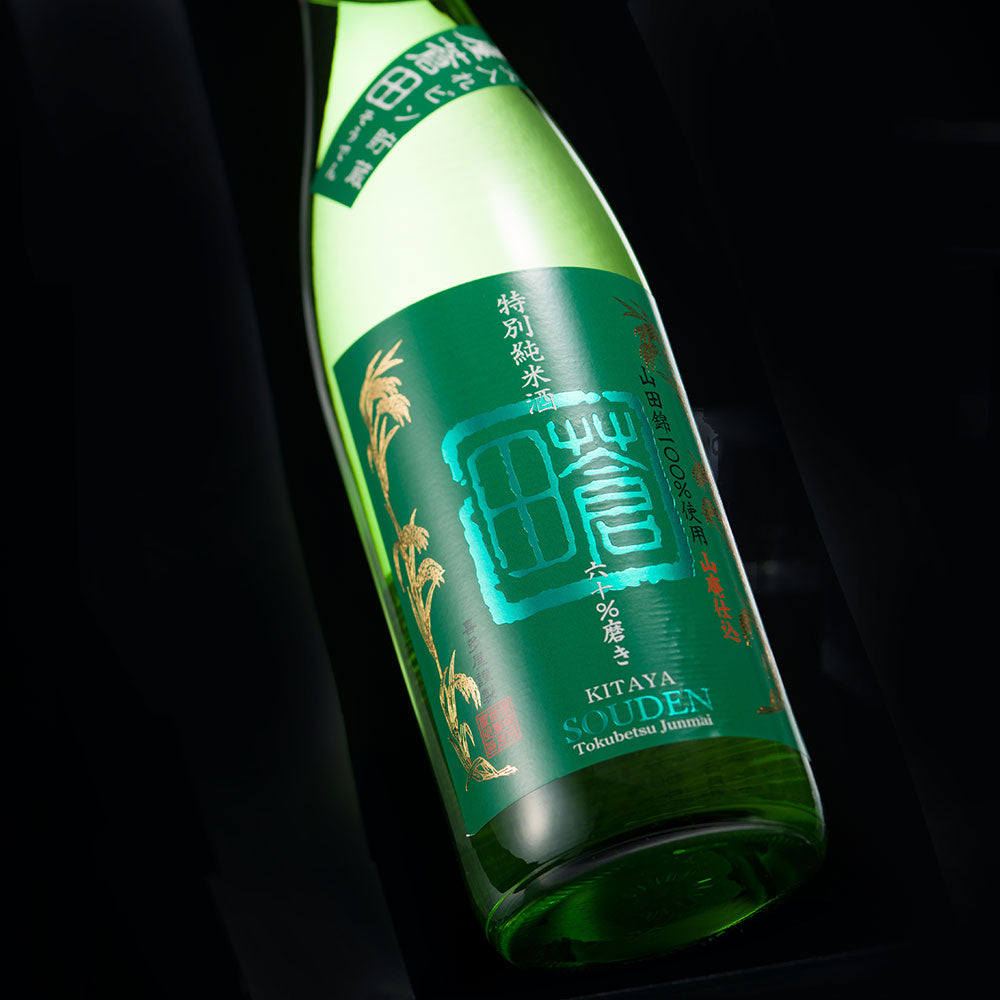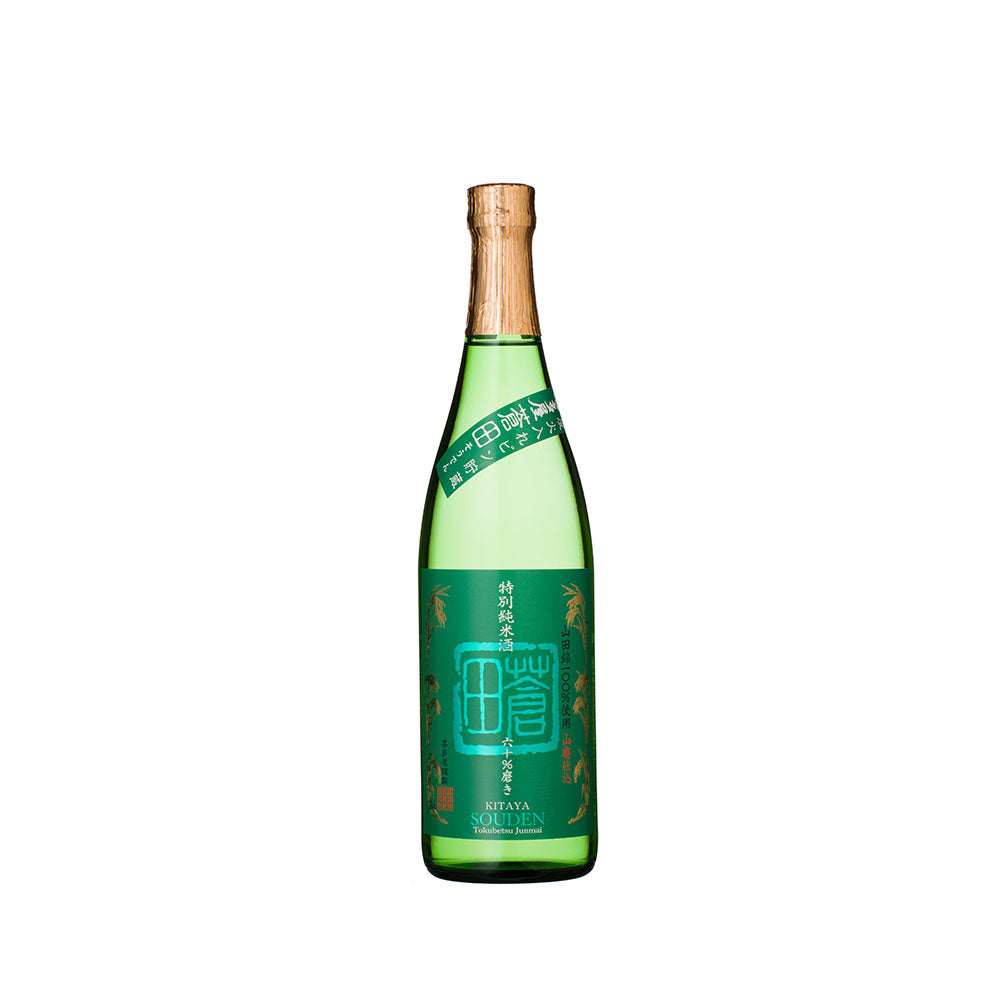-
 >
>
- Product list >
- Kitaya Souden Tokubetsu-junmai Yamahai (720ml)
Kitaya Souden Tokubetsu-junmai Yamahai (720ml)
詳しく見る
- *All prices shown are the product prices from the Japanpage:.
- *Product price can be shown in multiple currencies as reference values.
- *Payment should be made in Japanese yen.
- *After filling in delivery address, grand total (product price + shipping cost (packing + shipping + insurance) +tariffs & taxes) will be shown on the shipping cart page.
- *All prices shown are the product prices from the Japanpage:.
- *Product price can be shown in multiple currencies as reference values.
- *Payment should be made in Japanese yen.
- *After filling in delivery address, grand total (product price + shipping cost (packing + shipping + insurance) +tariffs & taxes) will be shown on the shipping cart page.
Awards
International Wine Challenge (IWC)2018 Junmai Division Silver
International Wine Challenge (IWC)2017 Junmai Division Commended
"Kitaya Souden Tokubetsu-junmai Yamahai" is a Tokubetsu Junmai-shu made with 100% of the best "Yamada Nishiki" rice from Fukuoka's Itoshima and has a unique fresh taste due to the "Pasteur Before Bottle" method. The "Pasteur Before Bottle" method preserves the taste of freshly made sake by bottling it right after fermentation, pasteurizing bottle by bottle to kill the germs inside, immediately cooling it down, and finally storing it at low temperature. The pasteurization before storage (freshly bottled sake) creates a fresh and balanced sake with a focus on Ginjoko aroma. Slowly fermented at low temperature during which the Yamahai yeast turns the mixture into mash over a period of 2 months, this sake has a fruity and refreshing acidity. The complex and rich acidity typical of Yamahai yeast fermentation will bring out the best of dishes. In particular, it has a great affinity with meat dishes that are rich in taste, giving it the nickname "Carnivorous Junmai-shu."
About "Kitaya"
In the brewery name"Kitaya", there is the spirit of "wanting to convey much joy through sake." For about 200 years since the foundation, the family constitution of "the house master himself must make the sake" has been upheld. Now, the team of brewery, technicians, and skilled brewery workers are putting their techniques and experiences to use and making sake with passion.
Recommended temperature
- Atsukan (50 - 55℃)
- Jokan (45 - 50℃)
- Nurukan (30 - 40℃)
- Room temperature (15 - 20℃)
- Hanabie (10℃)
- Yukibie (5℃)
Type


Tag
Appearance
-
Clarity
Transparency
Hazy
-
Colour
Colorless
Dark brown
-
Intensity
Water
Deep
Nose characteristics
-
Intensity
Low
Strong
Taste characteristics
-
Light / Body
Light
Body
-
Sweet / Dry
Sweet
Dry
-
Simple / Complexity
Simple
Complexity
-
Acidity
Low
High
-
Umami
Low
High
-
Finish
Low finish
Long finish
Aroma and flavor
Detailed information
| Volume | 720ml |
|---|---|
| Size (L W H) | 28.0 x 20.0 x 30.0 cm |
| Weight | 2.1kg |
| Ingredients | Rice, Rice koji, Water |
| Region | Fukuoka |
| Alcohol content | 15%vol. |
|
Sake Meter Value
|
-2 |
|
Acid level
|
+2.2 |
|
Polishing ratio
|
60% |









